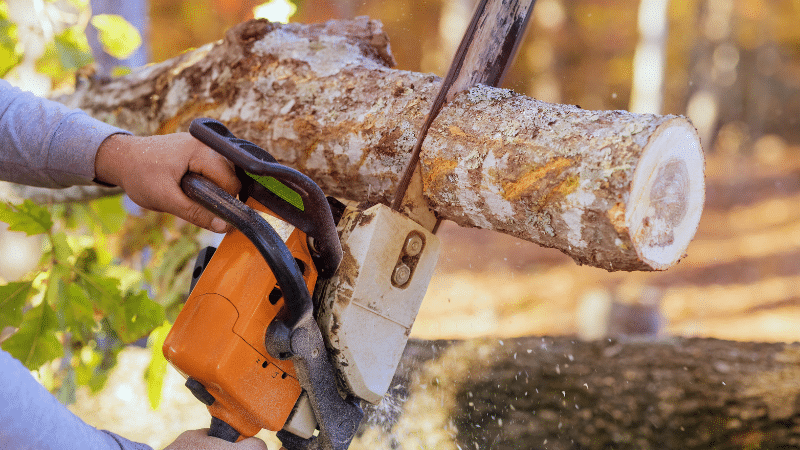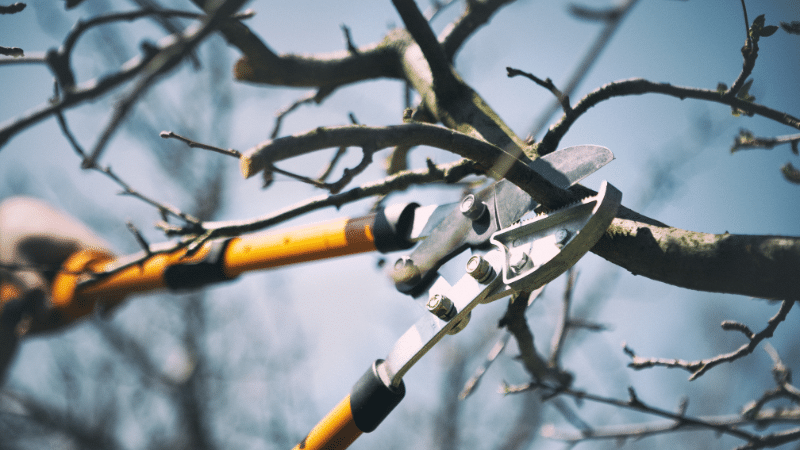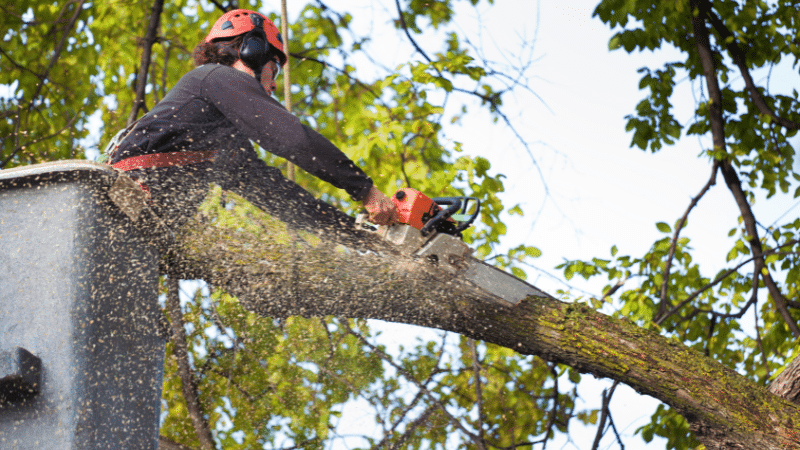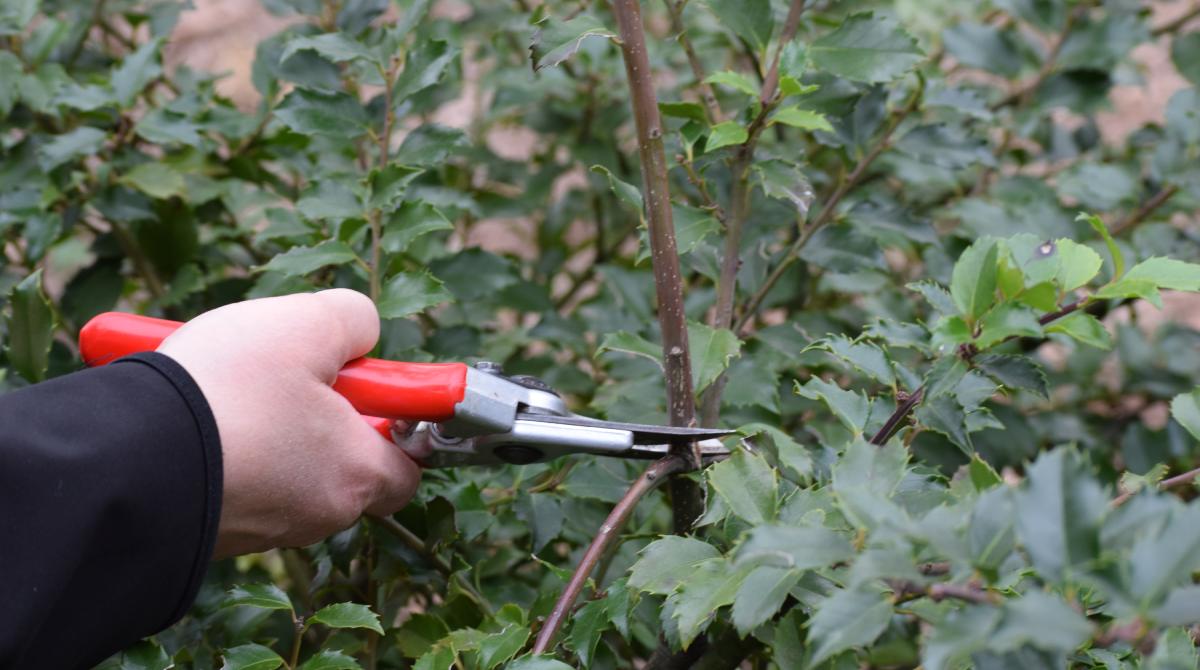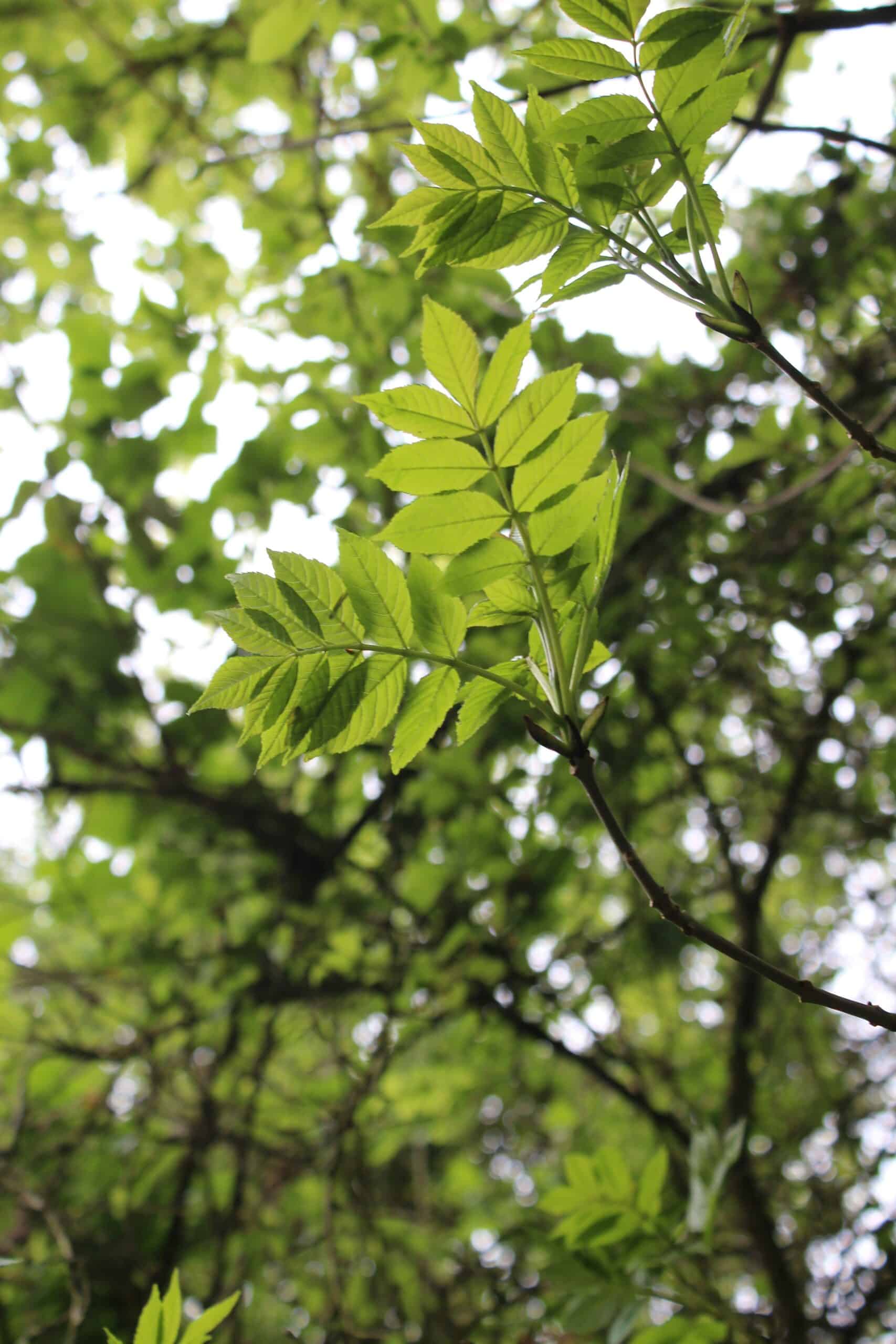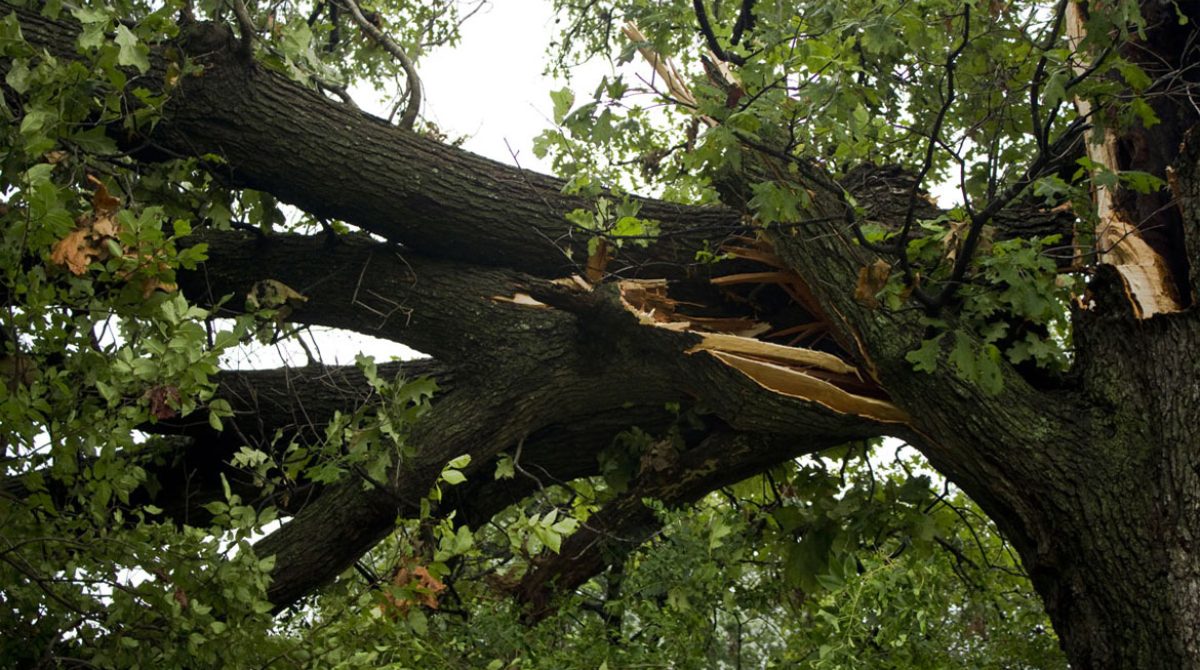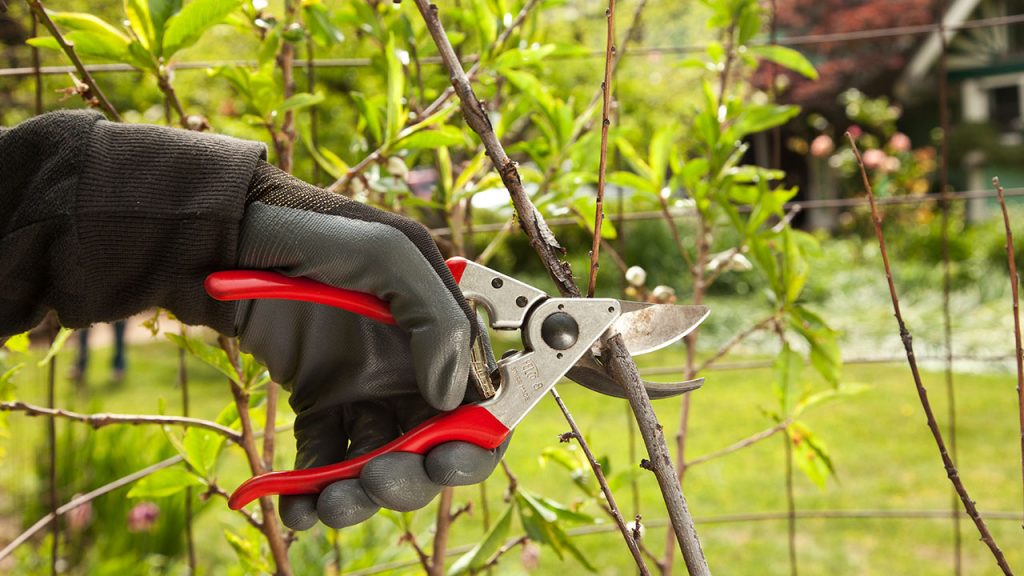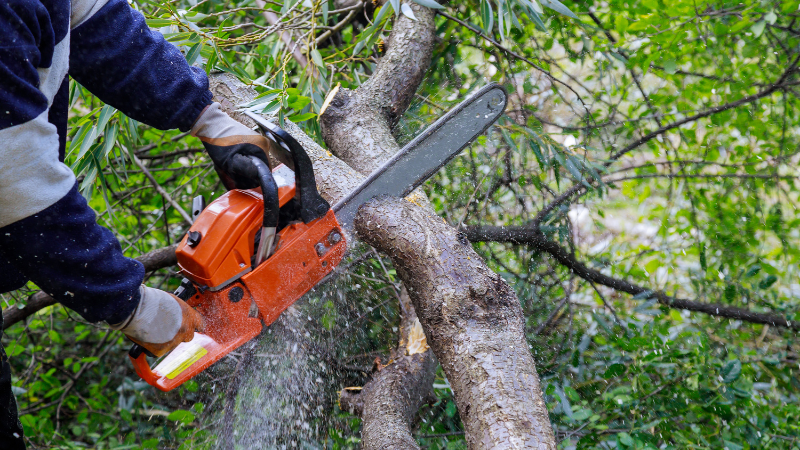
Date January 03, 2025
Category
When is the right moment to prune your trees? As with many aspects of tree care, timing is critical.
The winter months, when trees are dormant, are often the best time to take your shears to deciduous trees for effective pruning.
But not all trees follow the same schedule. Trees such as spring-flowering shrubs require a more attentive approach—pruning them right after they bloom prevents removing precious buds.
It’s about knowing the unique cycles of each tree and understanding that what works for one tree may spell trouble for another. This knowledge safeguards future tree growth, vital for prime flowering and fruiting periods.
Tree Physiology and The Basics Of Pruning Trees
Pruning plays a vital role in maintaining the health and appearance of trees. Understanding tree physiology can help you make informed decisions about when and how to prune.
The Role of Dormancy in Tree Health
Dormancy is a critical time for trees, as they preserve energy during the colder months. Why is this period so important? This state allows trees to shut down non-essential functions, focusing resources on root and tissue repair. In simpler terms, pruning during dormancy is less stressful for the tree.
When trees are dormant, they’re less susceptible to diseases and pests. Pruning cuts made during this time reduce the chance of disease. This is because wounds heal quickly, protecting the tree’s internal systems.
The Impact of Pruning Cuts on Trees
Pruning cuts directly affect your tree’s health and structure. Each cut is a wound, and improper cuts can lead to decay or even weaken the tree. Precision and technique are key to success. Cuts should be clean and made at the correct angle to avoid damage.
When you make a cut, aim just outside the branch collar.
This allows for proper healing and minimizes the risk of decay. Proper pruning encourages new growth and a robust structure. Leaving rough edges can invite pests and diseases, jeopardizing tree health and safety. Always prioritize the tree’s long-term well-being over short-term aesthetics.
Choosing the Right Equipment and Techniques
Selecting proper tools and mastering techniques are fundamental for effective pruning.
Using sharp, clean equipment prevents infection and ensures smooth cuts. Pruners, saws, and shears should match the task and tree size. A certified arborist will often have the necessary expertise and tools.
List of Equipment:
- Hand pruners for small branches
- Loppers for medium branches
- Pruning saws for large branches
Your techniques should vary based on the tree type and its health. Techniques like topping can hamper tree growth, so understanding tree physiology is important. Skilled arborists tailor their approach, ensuring both safety and the health of trees in diverse conditions.
Optimal Timing for Pruning Different Species
Deciding exactly when to prune your trees is key to their health and growth. The timing varies depending on the species, but each has specific indicators to guide you.
Deciduous Trees and Winter Pruning
For deciduous trees, pruning during dormant periods – often in late winter or early spring – is ideal.
Why winter? It’s simple: the trees are without leaves, making the branches and structure easier to see.
This time is also critical because it reduces the risk of pests and diseases attacking fresh cuts. Though some may practice summer pruning, focusing on winter allows for stronger recovery and robust growth in the new season.
Flowering Shrubs and the Importance of Bloom Time
Flowering shrubs present a slightly different challenge. Your timing here is guided by bloom periods.
Shrubs that flower on last year’s growth, like lilacs, should be pruned shortly after blooming. This ensures you don’t remove potential flower buds for the next season. Pruning these plants in winter or early spring could mean fewer blooms.
On the other hand, shrubs blooming on new growth, such as roses, can be safely pruned in late winter as they prepare to sprout fresh buds.
Oak Trees and Disease Considerations
With oak trees, timing is everything to ward off disease.
Prune these in winter when the risk of oak wilt—a lethal fungal disease spread by beetles—is at its lowest. The insects are inactive, making this the safest period. Avoid pruning from April through October when these pests are most active.
Oak trees also tend to have fewer health issues when pruned during their dormant season.
Best Practices for Healthy Pruning
Pruning trees is crucial for promoting growth, maintaining shape, and preventing pests and diseases. By pruning at the right times with the correct techniques, you can enhance the health and aesthetic appeal of your trees.
Follow these best practices to ensure effective and safe tree maintenance.
Timing and Techniques to Maximize Growth
Timing is everything when it comes to pruning for growth. Trees are often pruned in the late winter when they are dormant, allowing you to maximize growth potential and minimize shock. This timing helps wounds from pruning heal quickly as trees awaken with spring’s warmer weather.
It’s important to avoid removing too many branches at once, which can deplete a tree’s stored energy.
Use techniques like thinning, where small branches are selectively removed to improve airflow and light penetration without stressing the tree too much. Also, aim to cut just above a bud facing the direction you want the branch to grow.
Pruning for Shape and Health of Canopy
Achieving the right shape for your tree’s crown is a balancing act between aesthetics and health.
Pruning for shape should focus on maintaining a strong, open canopy. This not only enhances beauty but also ensures that light penetrates the lower branches.
Remove any crossed branches as they can create wounds that might become hazardous. Trimming should give the canopy a balanced spread, stimulating new growth where desired. It’s also key to prune slow-growing trees differently from fast-growing species, considering their natural growth patterns.
Pruning to Prevent Pests and Diseases
Removing damaged or diseased branches during pruning is essential to prevent pests and diseases.
Diseased branches can be an entry point for harmful organisms. A general rule is to prune during the late winter to avoid peak pest activity, though some species like oak might require exceptions due to risks like oak wilt.
Pruning can be done to increase the distance between branches, improving airflow and reducing humidity, which minimizes the chance of fungal infections
Avoid flush cutting to prevent excessive wounding and facilitate better wound closure, thus reducing vulnerability to pests. Keeping a regular pruning schedule helps maintain overall tree health and minimize risks.
When to Call in the Experts
When pruning your trees, knowing when to hire a professional can be critical for safety and tree health. Engaging certified arborists like TreeNewal ensures quality care and can prevent potential hazards.
You Encounter Situations That Require Professional Help
Tree pruning isn’t always straightforward, and some situations call for professional intervention.
For example, hazardous trees with large limbs over structures or power lines pose significant dangers. If trees are diseased or have pest issues, expert evaluation ensures appropriate treatments.
Storm-damaged trees often need specialized care to restore their stability. When trees grow too close to utility lines, calling in the experts prevents accidental damage.
Ultimately, if you’re unsure about the safety or health of your tree, hiring a professional is the smartest choice.
You’ve Determined That Your Own Pruning Capabilities Are Insufficient
Before you decide to tackle tree pruning yourself, evaluate your skill set. Do you feel confident deciphering the specific needs of your tree species?
Consider the scale of the task, too. Large trees or those in precarious positions require professional equipment and expertise.
Assess the tools you have. While basic tools might be sufficient for small jobs, extensive work demands specialized equipment.
Understanding your physical limitations is important as well, especially with potentially dangerous tasks.
If you lack experience or the job seems overwhelming, calling a tree service might be best.
Benefits of Engaging Certified Arborists
Certified arborists like those at TreeNewal bring expertise and training to handle all pruning tasks efficiently.
These professionals are equipped with the latest techniques and tools to shape trees safely. Certified arborists understand local regulations about tree maintenance, ensuring compliance with community standards.
They are skilled at diagnosing and addressing issues such as diseases or infestations. This expertise leads to healthier, longer-living trees. Moreover, their work can enhance your property’s value and curb appeal.
With professionals, you gain peace of mind that your trees are in the capable hands of specialists who prioritize safety and tree well-being.
Prune Your Trees Safely and Correctly With TreeNewal
Pruning trees involves more than just cutting branches. You want a professional touch to ensure healthy growth and safety. That’s where TreeNewal steps in.
When it comes to pruning them safely, TreeNewal offers you professional services tailored to the unique needs of each tree. They combine expertise with proper equipment to maintain tree health in the Dallas & Fort Worth Metroplex.
Reach out to TreeNewal and ensure your trees receive the care they need while enhancing their aesthetic appeal. Ready to elevate your tree care? Call TreeNewal at (817) 385-9552 today!
